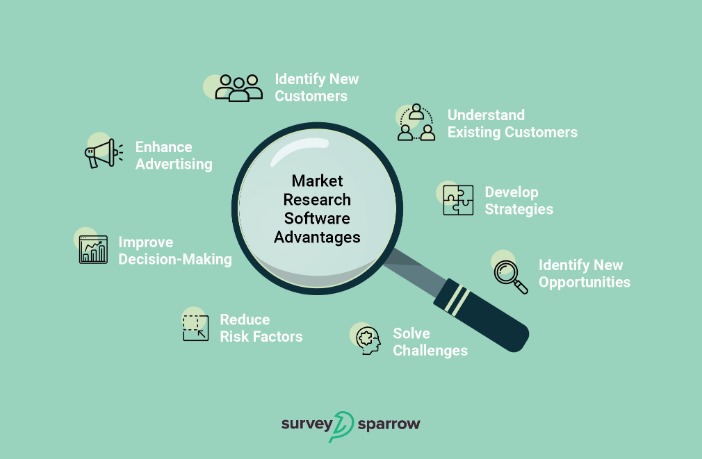Wearing Your Intelligence: How to Apply Artificial Intelligence in Wearables and IoT

Developers that can grasp this technology will be well-positioned for success in the future as demand for mobile apps driven by AI continues to rise. Data collection and preprocessing are essential steps in building AI-powered mobile apps. These steps involve gathering relevant data and preparing it for analysis by an AI algorithm. The quality of the collected data significantly influences the accuracy and efficiency of the AI algorithm. This ensures the data is complete, accurate, and represents the target demographic. Preprocessing is preparing data for an AI system by organizing, cleaning, and altering it. This entails eliminating noise, dealing with missing data, and encoding data into a format the algorithm can evaluate successfully.
With this mix of AI and accelerated computing, FinSec was able to detect the ransomware attack in less than 12 seconds, quickly isolate virtual machines and recover 80% of the data on infected servers. This type of real-time response helps businesses avoid service downtime and lost business while maintaining customer trust. Self-driving is just one step on a long road to the digital transformation of the car industry, and you can expect AI to lead the charge. Many dash cams are able to film the inside of the car, and by connecting a dash cam to your vehicle, your car will “know” when you’re distracted or tired. Using cheap cameras, processors and a powerful AI software model, you can turn an inexpensive gadget into a lifesaver and even embed the hardware into your car itself. This would be an essential safety measure for ride-hailing apps like Uber and Lyft that manage thousands of drivers on the roads at all hours of the day and night.
WowWee’s MiP self-balancing robot with GestureSense technology not only responds to hand gestures but is aware of its surroundings. The ENORASIS project uses a network of sensors in the fields to determine how much water to give their crops through subsurface drip and micro-irrigation systems.
#5. Healthcare
The technology could also change where and how students learn, perhaps even replacing some teachers. Read more about pocket here. As demonstrated by ChatGPT, Google Bard and other large language models, generative AI can help educators craft course work and other teaching materials and engage students in new ways.
National security
The GDPR being implemented in Europe place severe restrictions on the use of artificial intelligence and machine learning. According to published guidelines, “Regulations prohibit any automated decision that ‘significantly affects’ EU citizens. AI generally is undertaken in conjunction with machine learning and data analytics.5 Machine learning takes data and looks for underlying trends. If it spots something that is relevant for a practical problem, software designers can take that knowledge and use it to analyze specific issues. All that is required are data that are sufficiently robust that algorithms can discern useful patterns. Data can come in the form of digital information, satellite imagery, visual information, text, or unstructured data.
It’s like having an intelligent virtual buddy who understands and responds to what you say. Learning a new language or getting guidance in VR makes communication smoother and more realistic. You can ask questions, get directions or engage in meaningful dialogues within virtual environments, making the experience feel more like a real conversation. Samsung announced that artificial intelligence capabilities would be a part of every device it manufacturers by 2020. The Internet of Things (IoT) relies on seamless connectivity between numerous devices.
To improve the user experience using AI-powered features, developers must determine the user’s demands and adjust the app’s functions appropriately. This entails applying AI algorithms to assess user information and preferences, generating tailored suggestions and alerts, and providing user-friendly features like voice recognition and natural language processing.
And some believe strong AI research should be limited, due to the potential risks of creating a powerful AI without appropriate guardrails. Building effective on-device AI models can be challenging, but there are several best practices and tips that developers can follow to ensure success. When you hear news about artificial intelligence (AI), it might be easy to assume it has nothing to do with you. You might imagine that artificial intelligence is only something the big tech giants are focused on, and that AI doesn’t impact your everyday life. In reality, artificial intelligence is encountered by most people from morning until night. Facial recognition technology in AI-integrated cameras is used to identify the intruders and voice recognition technology is used for human-to-machine interaction & automation of domestic chores.
This can make it challenging to train accurate and effective machine learning models. Many people check out their social media accounts, including Facebook, Twitter, Instagram, and more, to get updated on what happened overnight. One of the first things many people do each morning is to reach for their smartphones. And, when your device gets unlocked using biometrics such as with face ID, it’s using artificial intelligence to enable that functionality. It lights up your face and places 30,000 invisible infrared dots on it and captures an image. It then uses machine learning algorithms to compare the scan of your face with what it has stored about your face to determine if the person trying to unlock the phone is you or not.
Google aims to use nanoparticles to clump around a cancerous cell or identify fatty plaques in the lining of blood vessels about to break free, potentially causing a heart attack or stroke. Political scientist Charles T. Rubin believes that AI can be neither designed nor guaranteed to be benevolent. Hyper-intelligent AI may not necessarily decide to support the continued existence of mankind, and would be extremely difficult to stop. The artificial general intelligence (AGI) or strong AI community, though varying widely in timeframe to reach singularity, are in consensus that it’s plausible, with most mainstream AI researchers doubting that progress will be rapid. Learn how AI can help your organization achieve a proactive cybersecurity posture to protect customer and proprietary data to the highest standards. The DOE-CESER has invested more than $240 million in cybersecurity research, development and demonstration projects since 2010. Using AI and accelerated computing, businesses can reduce the time and operational expenses required to detect and block cyber threats while freeing up resources to focus on core business value operations and revenue-generating activities.




Leave a Reply